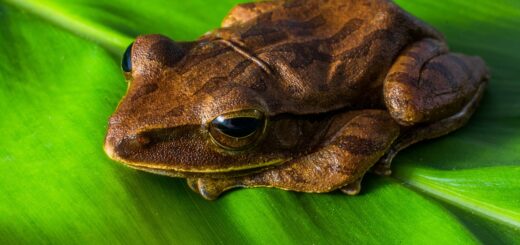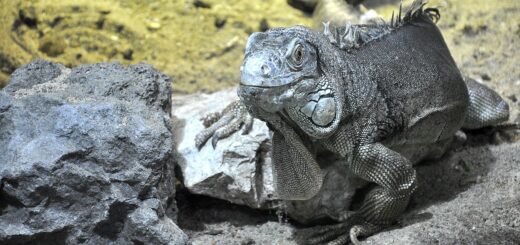Intake and digestion in a single Aye-Aye (Daubentonia madagascariensis) in Captivity
Citation
Ramos L, Smith D, Dierenfeld ES. 1995. Intake and digestion in a single Aye-Aye (Daubentonia madagascariensis) in Captivity. In Proceedings of the First Conference on Zoo and Wildlife Nutrition, AZA Nutrition Advisory Group, Scarborough, OT.
Abstract
Three 5-day feeding trials were conducted with a single adult male aye- aye (Daubentonia madagascariensis) on an exhibit loan to the Wildlife Conservation Park, Bronx, NY, from the Duke University Primate Center, Durham, NC. The animal was a very selective feeder, and ate less than half of foods presented daily. Diets offered had higher crude fat (44.1 % vs. 30.0%) and soluble carbohydrate (CHO) (39.4% vs. 21.4%) levels than diets consumed; the animal also selected diets containing more fiber (18.6% NDF) than offered (4.0% NDF), more crude protein (15.0% vs. 9.6%), and more ash (4.2% vs. 2.5%). Total feed intake averaged 8.0% of body mass; dry matter intake was 2.6%. Apparent digestibilities of dry matter (90.3%), crude protein (88.4%), crude fat (96.9%), and soluble CHO (98.7%) were high on this nutrient-rich diet. Although fiber (NDF) digestion (76.4%) was substantially lower than other nutrients quantified, values were higher than expected. Data from nature suggests that aye-ayes consume diets containing NDF levels up to 50% (seasonally); our trials confirm the ability of this species to utilize relatively high-fiber diets.








